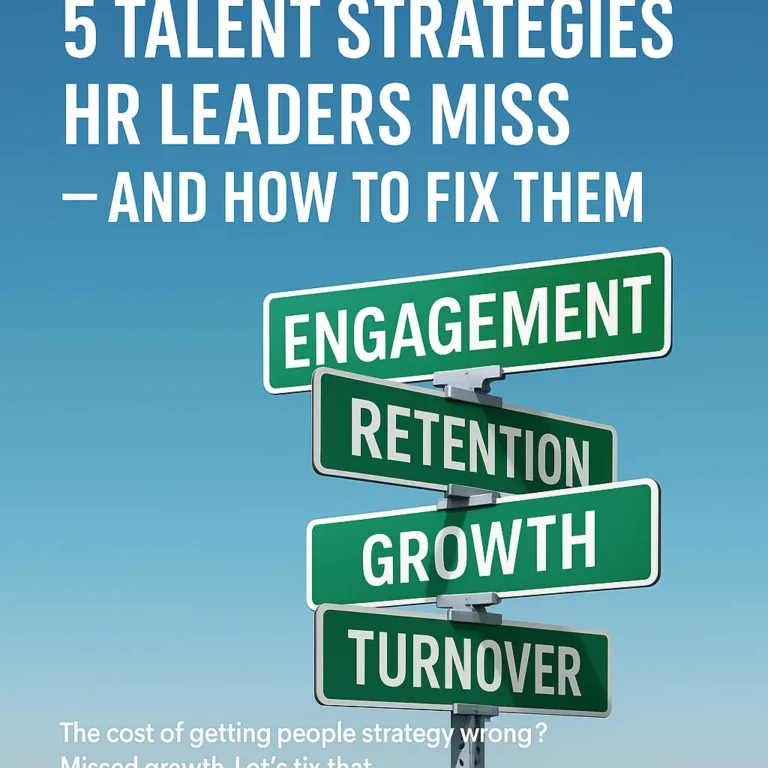“Change is hard because people overestimate the value of what they have and underestimate the value of what they may gain by giving that up.” -Flight of the Buffalo
That’s a more scholarly way of saying “I’ll keep the devil I know versus the one I don’t.”
Most people tend to find change disorienting, maybe even shocking, and most likely anxiety inducing. It’s not surprising; it’s a cultural thing. When you ask someone to change or tell him that we’re changing the way we do business and the way he does his job, there’s more often than not going to be some angst involved.
It’s not that we can’t adapt to change. Humans are actually quite adept at changing. But we get into our comfort zones.
That’s when we have to think about the effects of change on our teams. When we roll out our big change initiative, we must ask how it’s going to impact the people on our teams.
Typically, there are four common buckets that people fall into when we start to go through a change initiative.
1. People who thrive on change. Yes, these people exist! There’s a small group of people who actually thrive on change. They typically love to challenge the status quo and ask tough questions. They’re okay working in an environment where decisions are made not rashly but thoughtfully and quickly. They love change.
2. People who aren’t swayed one way or another. These folks are often optimists who figure they’re going to be out of their comfort zone but eventually something good will likely come of it, so they’re okay with it. The cool thing with these people is that others in the work group often get motivated by them in situations of flux. It’s not because they’re necessarily leaders, but because their attitudes are infectious. They take change in stride, and other people notice. These people are your rocks during change management.
3. People who resist change. These are the problem children. They will change eventually, but they resist it. They may be a thorn in your side, but really, they just need a little more time to mentally prepare for the change. They’re often very steady decision makers for the organization, but they don’t like to be rushed.
So, they resist not because they don’t like the change but because they like to process things more thoroughly than maybe the rest of us would.
We need to hold their hands a little but if we give them enough time and space to process the decision and how it impacts them, they’ll eventually accept the changes. It may not be at the speed we’d like but it will happen. We simply have to stay the course with them because once they get on board, they’ll be on board — they just need a little more time to get comfortable.
4. People who are concerned with what things are going to look like after the change. These people aren’t for or against the change. They’re not leading the charge, nor are they resisting. They tend to be very cautious about change and typically they’re your high performers. They worry about how and if the change will negatively impact their ability to remain high performers.
None of these buckets are bad. They’re all normal, human ways to react to change. But often I see organizations make 2 big mistakes when it comes to change:
1. Not understanding the importance of our people in the change. It’s important to identify those buckets and who on the team falls into which bucket.
It shouldn’t be a surprise that there are many studies that say 60-70% of corporate change initiatives fail because of people.
Along with that, companies often fail to appreciate people’s different reactions to change. We expect that we’re going to get up on a platform, talk about the change, and everyone will just go, “Hurrah!”
That doesn’t happen. Remember, different folks will process change differently and need different amounts of time to get comfortable with it. The biggest mistake I’ve personally seen companies make is viewing transformation as an event, not a process.
For example, say a company goes through a merger or acquisition and just starts slapping the new logo on the doors, t-shirts, mugs, etc. All of a sudden, we’re this new company.
Well, no, you’re not really. You still have the old cultures blended in and something new has to come from the two cultures. It’s clear here that change is a process, not an event. And it always is.
2. We don’t set the stage ahead of time. This goes along with the first mistake. Companies often don’t communicate ahead of the change to give people time to process and digest it and get on board.
Change initiatives are often planned behind closed doors with HR, marketing, communications, and other departments coming up with a grand plan and then unleashing it on our people…sending them into a state of shock. We have to set the stage for how we’re going to push change out into the organization before we ever initiate the change.
Ultimately, all change management is about is managing people so that changes are successful, and we get the business results we want.
It’s typically not the actual change, the new way of doing things, that trips us up and causes problems. It’s being unprepared for the people dimension of change. Because after all, it’s the people who are going to implement the change.


